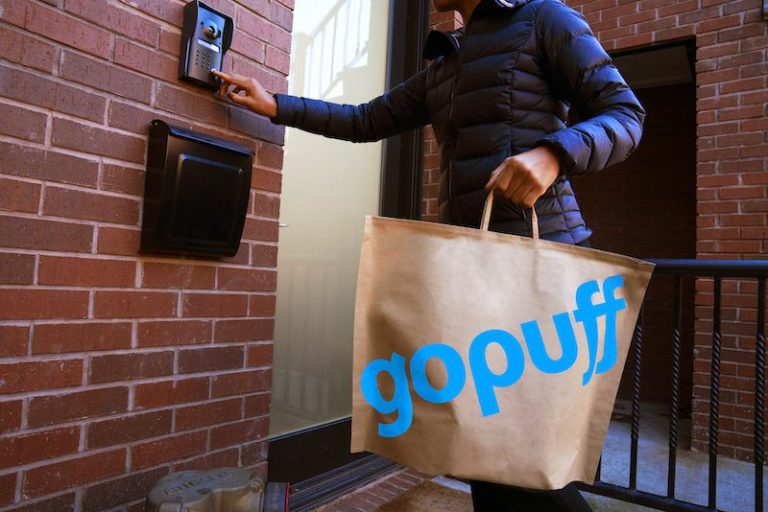Inflation Slows Ultrafast Grocers’ Ambitions

Those who have been skeptical of the hype around ultrafast grocery all along have been vindicated, at least in part, as players in the space continue to shrink, shut down and face other difficulties due to a more challenging macroeconomic environment.
Investors have been pulling back. The Financial Times noted Friday (Oct. 14) that funding for these startups has taken a sharp downturn from more than $4 billion last year to just over $1 billion so far in 2022.
The largest remaining players in the space, Gopuff and Getir, have faced their own challenges this year. In July, it was reported that a Gopuff memo showed the company laying off around 1,500 employees and shutting down 76 warehouses — 12% of its network. Similarly, a Getir memo in May showed that the company intended to lay off 14% of the staff at its global headquarters.
Read more: Delivery Firm Gopuff Cuts 1,500, Closes Warehouses
In June, ultrafast grocer Jokr announced that it was ceasing operations in New York and Boston and focusing its attention on Latin America. Also in June, it was first reported that Gorillas was searching for a company to merge with or be acquired by and that the grocer had exited Belgium (with Gorillas leaving Italy shortly thereafter). Plus, in March, Buyk shut down, and it was reported that Fridge No More was closing up shop after discussions with restaurant aggregator DoorDash didn’t amount to anything.
See more: The Quick Seems Dead as Ultrafast Grocers Retreat En Masse
Also in May, an internal email from United Kingdom-based ultrafast grocer Zapp revealed the company was cutting 10% of its staff. Also in that period, ultrafast grocer Gorillas announced that it would lay off 300 workers, cutting its administrative staff in half. All these moves come as global inflation has many consumers becoming more conservative about their grocery spending.
Read more: Grocery Shoppers Cut Back, Trade Down as Inflation Rises
On the flip side, the need for ultrafast grocers to hone their value proposition beyond just promising speed, which seemed so pressing when there were several players operating in many major cities, has been pushed into the background as the space has thinned out. With less competition, the promise of speed may be enough for now.
There is a sizable market for online grocery. Research from PYMNTS’ new study “Super Apps for the Super Connected,” created in collaboration with PayPal, which drew from a survey of more than 9,900 consumers across the United States, the U.K., Australia and Germany, found that 76% of millennials in these four countries had bought groceries online in the previous 30 days. Plus, 74% of bridge millennials and Generation X consumers said the same.
See more: Super Apps Promise Relief for Always-on Millennials
Yet, in the U.S. alone, that share is lower. The July edition of PYMNTS’ ConnectedEconomy™ series, “The ConnectedEconomy™ Monthly Report: The Rise of the Smart Home,” which drew from a May survey of more than 2,600 U.S. consumers, found that 40% of consumers had bought groceries online for delivery in the prior month, and 16% of consumers purchased groceries for delivery every week.
See more: New Data Shows Convenience Drove Smart Home Upgrades for 83M Consumers in 2022